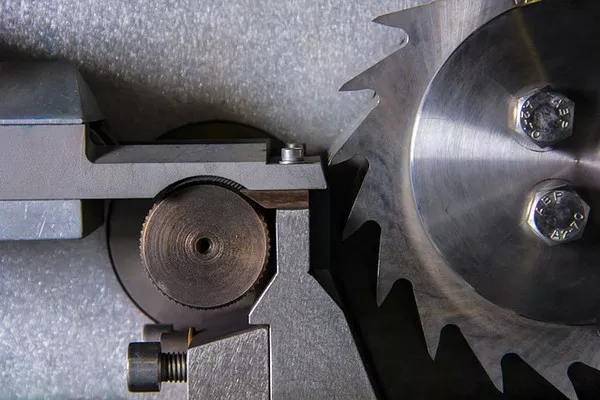Researchers are using mayonnaise to gain insights into the physics of nuclear fusion, continuing a novel approach to address challenges in fusion capsule integrity.
“We’re still tackling the structural integrity of fusion capsules used in inertial confinement fusion, and Hellmann’s Real Mayonnaise is aiding our quest for solutions,” said Arindam Banerjee, the Paul B. Reinhold Professor of Mechanical Engineering and Mechanics at Lehigh University.
Fusion reactions, which power the sun, could offer a nearly limitless and clean energy source if replicated on Earth. However, achieving the extreme conditions necessary for fusion is a complex challenge. Researchers like Banerjee and his team are exploring this issue from multiple angles.
Inertial confinement fusion involves rapidly compressing and heating hydrogen isotope-filled capsules to initiate nuclear fusion. These conditions reach millions of degrees Kelvin and gigapascals of pressure, similar to the sun’s environment. However, this process generates hydrodynamic instabilities in the plasma state, reducing energy yield.
In 2019, Banerjee’s team began investigating Rayleigh-Taylor instability, which occurs between materials of different densities under opposing density and pressure gradients, leading to instability. They used mayonnaise for its solid-like behavior under pressure, avoiding the need for high-temperature and pressure conditions.
Using a custom-built rotating wheel in Banerjee’s Turbulent Mixing Laboratory, the team simulated plasma flow conditions. When acceleration surpassed a critical value, the mayonnaise began to flow, mirroring the phases of instability seen in fusion plasmas.
Banerjee explained that before instability, mayonnaise undergoes an elastic phase and a stable plastic phase before starting to flow. Understanding this transition is crucial for predicting and controlling instability onset in fusion capsules.
In their latest paper in Physical Review E, the team, including Aren Boyaci ’24 PhD, now a Data Modeling Engineer at Rattunde AG, examined material properties, perturbation geometry, and acceleration rates influencing Rayleigh-Taylor instability. They identified conditions for elastic recovery and methods to delay or suppress instability, providing the first recovery measurements in the literature.
These findings could guide the design of more stable fusion capsules. Despite differences in property values between experimental materials and actual fusion capsules, Banerjee’s team hopes their non-dimensionalized data will enhance predictability for high-temperature, high-pressure plasma conditions.
Banerjee emphasized the collaborative nature of fusion research, stating, “We’re another cog in this giant wheel of researchers, all working towards making inertial fusion cheaper and attainable.”

